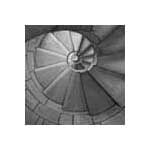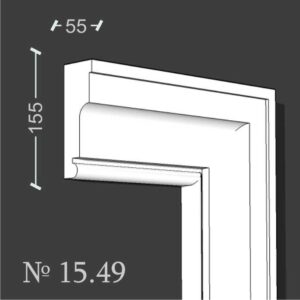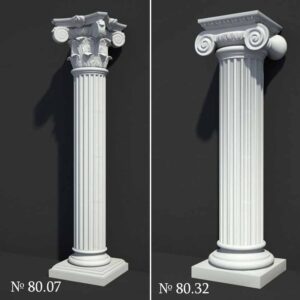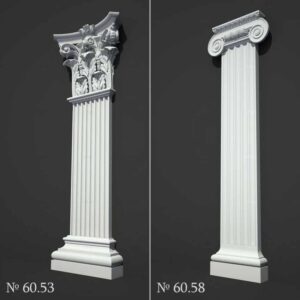Retrofitting a heating system in an existing home can be a great way to improve energy efficiency, comfort, and functionality. However, the process of upgrading or replacing an old heating system comes with unique challenges compared to installing a new system in a freshly constructed home. Understanding the key factors involved can help you make informed decisions, avoid costly mistakes, and ensure that your retrofit delivers the best results. Here’s what you need to know before retrofitting a heating system in your home.
1. Assessing Your Current System and Needs
The first step in retrofitting a heating system is assessing the current system and your heating needs. Take stock of the type of heating system you have (e.g., furnace, boiler, electric heaters) and its age, efficiency, and condition. Some older systems may simply need an upgrade, while others might require a complete replacement.
- Evaluate energy efficiency: If your heating system is more than 10-15 years old, it’s likely less energy-efficient than modern systems. By switching to a more efficient system, retrofitting can help lower your energy bills.
- Consider your lifestyle: Think about how your heating needs have changed over time. If you’ve added new rooms, changed the layout, or find that some areas are under-heated or over-heated, a retrofit may allow you to customize your system for better comfort and zoning.
- Consult a professional: Have an HVAC professional evaluate your current heating system, ductwork, and insulation to identify any inefficiencies or potential issues. They can help you determine the most appropriate type of retrofit for your home.
2. Choosing the Right Type of Heating System
When retrofitting, you have several options for heating systems, each with its advantages and limitations. Understanding the available systems will help you make the best choice for your home.
- Furnace or Boiler Upgrade: If you already have a furnace or boiler, upgrading to a high-efficiency model can provide significant energy savings. Modern furnaces and boilers have higher Annual Fuel Utilization Efficiency (AFUE) ratings, meaning they convert more fuel into heat with less waste.
- Hydronic (Radiant) Heating: Retrofitting a hydronic system, that uses hot water, is a great option if you prefer consistent, even heating. Radiant systems can be installed under floors or behind walls, providing efficient and comfortable heat without the use of air ducts. You can find specialists in hydronic heating Hobart based to talk to about the needs of your home.
- Heat Pumps: For homeowners looking to improve both heating and cooling efficiency, retrofitting with a heat pump is a good option. Heat pumps transfer heat from the outside air or ground into your home, and they are highly energy-efficient in moderate climates.
- Ductless Mini-Splits: If your home lacks ductwork or if installing ducts is impractical, ductless mini-split systems offer an efficient and flexible heating solution. These units provide zone-based heating, allowing you to control the temperature in individual rooms.
3. Addressing Insulation and Air Leaks
Before retrofitting your heating system, it’s essential to address your home’s insulation and air sealing. A well-insulated home reduces the demand on your heating system, making it more efficient and reducing energy costs. If your home has poor insulation or significant air leaks, even the most advanced heating system won’t perform optimally.
- Inspect and upgrade insulation: Ensure that walls, ceilings, and floors are properly insulated. Pay special attention to attics, basements, and crawl spaces, as these are common areas of heat loss.
- Seal air leaks: Check for drafts around windows, doors, and other openings. Use caulking or weatherstripping to seal any gaps that allow cold air to enter and warm air to escape.
4. Considering Zoning and Thermostat Control
When retrofitting a heating system, consider adding zoning controls to increase comfort and energy efficiency. Zoning allows you to divide your home into different areas or “zones,” each with its own thermostat and temperature settings.
- Zone-based heating: Zoning ensures that you only heat the areas of your home that are in use, reducing energy waste and improving comfort. For example, you can lower the temperature in unused bedrooms or increase it in common living areas.
- Smart thermostats: Installing smart thermostats during the retrofit allows for precise control of your heating system. These devices can learn your schedule, adjust the temperature automatically, and allow remote control via smartphone apps, further increasing energy efficiency.
5. Budgeting and Energy Savings
Retrofitting a heating system can be a significant investment, but it often leads to long-term energy savings that offset the initial costs. It’s important to budget for the project and consider the potential return on investment.
- Upfront costs: The cost of retrofitting depends on the type of system you choose, the complexity of installation, and any additional work required (such as upgrading insulation or ductwork).
- Energy efficiency savings: Upgrading to a modern, high-efficiency heating system can lower your monthly energy bills, and some systems may qualify for energy rebates or incentives.
Conclusion
Retrofitting a heating system in your home is a worthwhile investment that can significantly improve comfort, energy efficiency, and overall performance. By carefully assessing your current system, choosing the right type of heating, addressing insulation and air sealing, and considering zoning and thermostat controls, you can make informed decisions and enjoy the benefits of a modernized heating system. Consulting with an HVAC professional throughout the process will ensure the retrofit is done properly and delivers long-term value.












